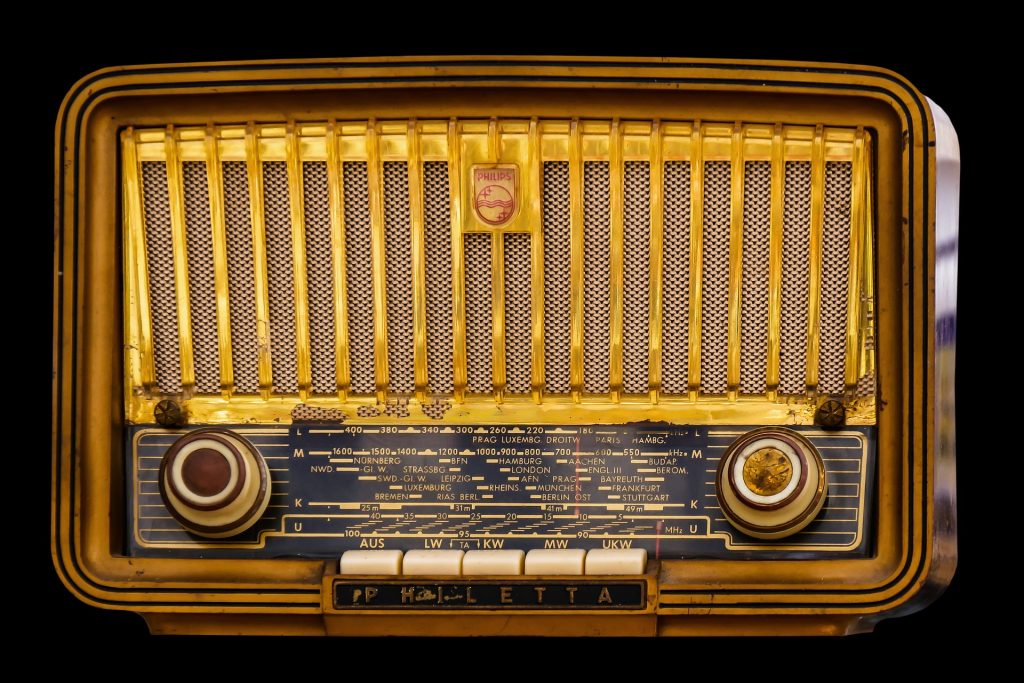
Source
An article written by a researcher from EuroScience (European Association for the Advancement of Science and Technology), traces the evolution of radio receivers. Debojit Acharjee, a software engineer and “geek,” as the author likes to call himself, starts from the prototypes invented by Guglielmo Marconi to digital ones. Novelties that have come since the 2000s: from the first pocket radio for listening to the DAB digital band (launched by Pure in 2003), to one for listening to broadcasters streaming on the Web (3com’s Kerbango, which debuted in the 2000s). To arrive at those without the tuning knob, there are the SDRs (Software Defined Radio): receivers that in their more advanced versions (but sold at a price comparable to that of the “transoceanic” radios of the 1970s, such as the Grundig Satellit) allow you to see the full spectrum of the FM band and record 24 MHz. The impetus to innovate? Behind every discovery is the improvement in listening quality, such as that which prompted General Electric in 1940 to invent frequency modulation, demonstrating that it was less susceptible to electromagnetic interference than amplitude modulation, used on medium waves.
